Archive for September 14th, 2023
Archive for September 14th, 2023
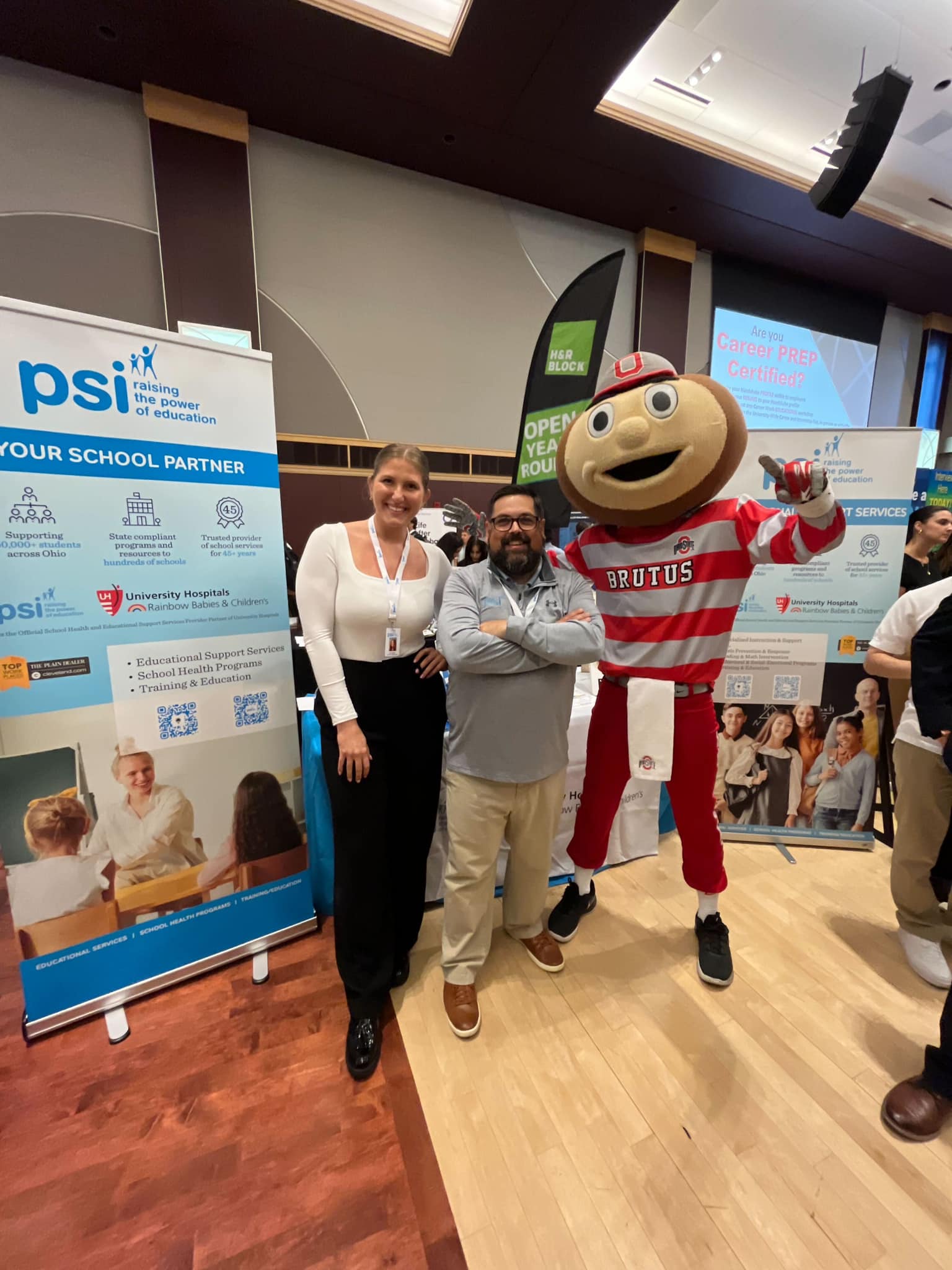 14
14Sep
O-H! 🏈
The PSI recruiting team attended The Ohio State University Career and Internship Fair.
 18
18Aug
The impact of Ohio’s new education laws
Back to school: How Ohio’s new education laws will impact parents, teachers and students
 07
07Aug
Spotlight on #TeamPSI
Some great stories about some great PSI employees!
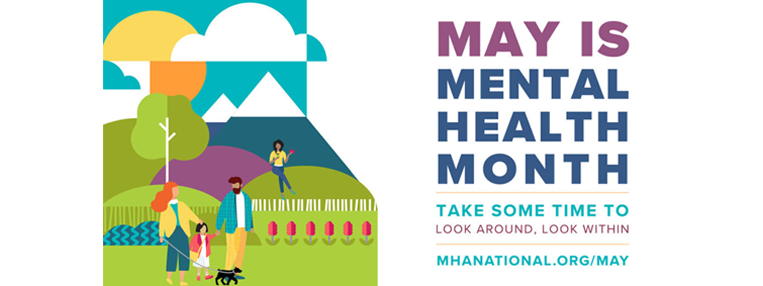 05
05May
May is Mental Health Awareness Month
May is mental health awareness month. While every day should usher in opportunities to support each others’ emotional well-being, this month we shine a spotlight on mental health issues in the hopes of destigmatizing these diagnoses and supporting those in need. There’s never been a more relevant time for these reflections. Data from a CDC […]
 28
28Apr
2023 Union Home Mortgage Cleveland Marathon Announces Education Partnership with PSI Solutions
CLEVELAND – (April 27, 2023) – The Union Home Mortgage Cleveland Marathon announced today an educational initiative with Twinsburg-based PSI Solutions (PSI), a leading provider of school health and educational solutions. The initiative provides resources and support to local schools, students and community members on both race weekend and beyond. “We are thrilled to be […]
 22
22Apr
The Skin You’re In
Typically making its unwelcome arrival during puberty, acne ranges from small whiteheads to painful cystic lesions. Over-the-counter medications usually contain astringents, agents that help to dry out oily skin. Active ingredients include witch hazel, rubbing alcohol, or even salicylic acid. Astringents work by removing oil and unclogging the skin’s pores. More recently, medications with […]
 17
17Feb
Screentime & the Developing Brain
Earlier this month, a study published by Harvard University’s Center for the Developing Child concluded that letting infants watch tablet, phone, and TV screens might have negative effects on their academic achievement and emotional well-being down the road. This long-term study evaluated nearly 500 children using an EEG at 1, 1-1/2, and 9 years of […]
 16
16Feb
Vaping Guidance: What Parents Need to Know
From 2011 to 2019, the CDC reported a 900% increase in vaping for teens in high school. Vaping refers to the inhalation of aerosolized particles of a drug (marijuana or nicotine), mixed with flavoring. Most vaping devices contain a battery for power, a heating element, a place to insert the drug-containing liquid that will be […]
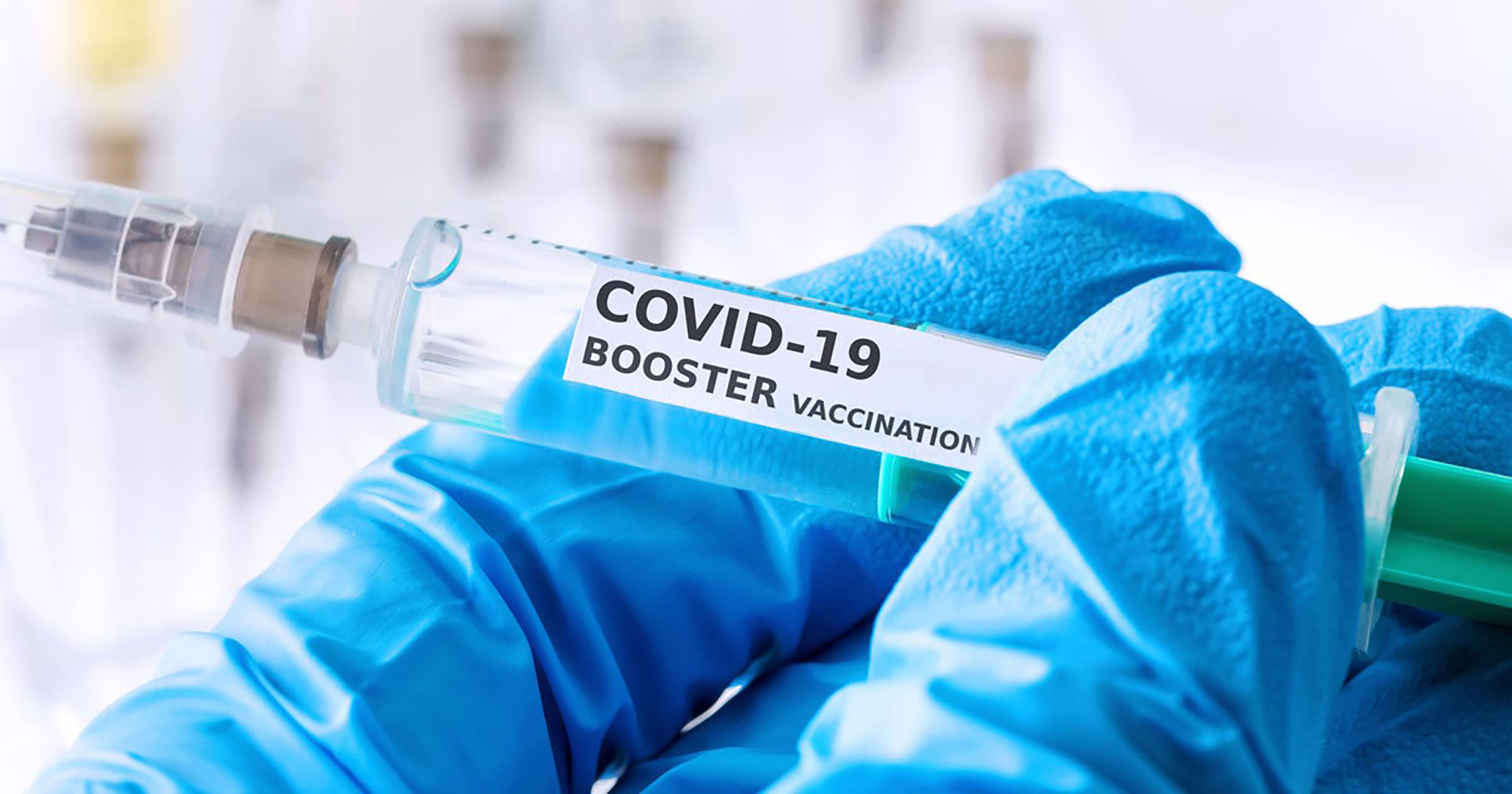 04
04Feb
What’s new in COVID boosters?
The FDA has approved an emergency use authorization for a new bivalent booster shot to aid in the fight against COVID-19. Here’s what you need to know about these new vaccines. Q: What is a bivalent vaccine? A: Bivalent refers to the two separate virus strains whose mRNA instructions are included in the new booster […]
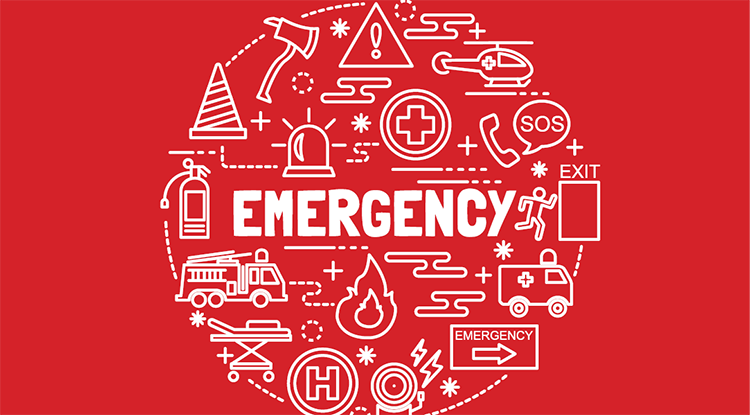 01
01Feb
In Case of Emergency with Dr. Carly Wilbur
Would you know how to respond in an emergency situation? Some of us learned CPR in high school or for a babysitting class, but how many adults keep up with these skills? No one ever plans to be in an emergency situation, but quick thinking in a crisis can potentially mean the difference between life […]
Recent Comments